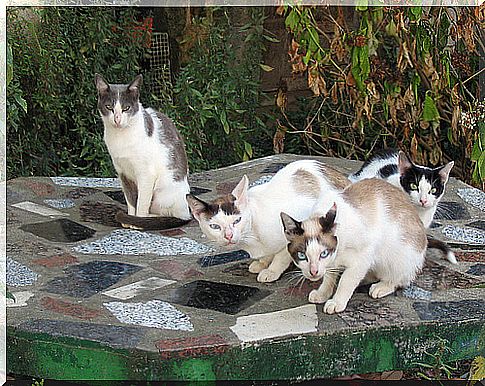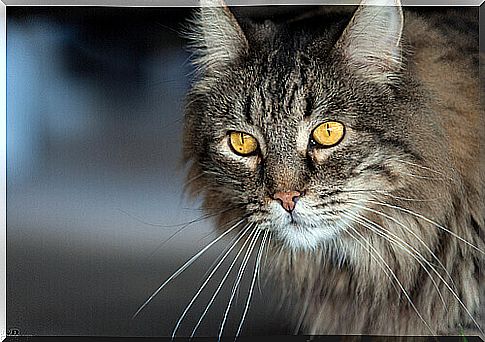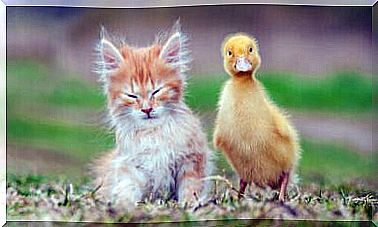A Guide To Understanding Your Cat

They are truly special beings and humans often fail to understand them. Independent, curious, stubborn and more than intelligent, these little felines make your life happy with their cheerfulness, purring and meowing. If you have decided to adopt a cat or already own one, here is a complete guide to understanding your cat.
Is there a guide to understanding cats?
Cat owners may say it’s not always easy to understand what’s on their mind. When is the right time to pamper them? Why don’t they run to meet you when you get home from work? What do you mean if they swing their tails from side to side?
Pay attention to the following guide to understanding cats, which will be very useful if you have a pet or are considering adopting one:

1. Understand what it says
Understanding different languages is not a problem for the most “common” pets (ie cats and dogs), even if, for each of them, the reaction is different. Cats don’t usually answer a call like dogs do. They will only approach you if you have food to offer them or perhaps a toy. However, that doesn’t mean he understands. Rather, he prefers to remain “rebellious” on certain occasions, such as when he is sleeping, hunting an insect or looking out the window.
2. Two ways of communicating
It is clear that cats respond to their owner’s call when they feel like it or if they know they are benefiting from it. But what happens when they want to communicate something? They use two sounds: the meow and the purr . The first is to attract attention or ask for something, such as food, cuddles or to invite you to play. They use it even if they are angry or scared.
In the case of purring, it’s a way of saying they feel very good in that situation. You will hear this typical noise when he sleeps next to you, when you stroke his chin or when he cleans or eats.
3. Prefers solitude
Another fundamental concept, to understand cats, is that you must keep in mind and respect their independent character. Unlike dogs, cats choose to be alone and this is sometimes difficult for humans to understand. The feline prefers its own warm bed instead of being surrounded by children, other animals, strangers, who often make a great noise. And, if you leave him at home alone, rest assured that he will find a way to relax and take more than a nap … It’s not that he’s antisocial or anything like that, just that he feels safer alone. Plus, it’s self-sufficient! He can get food and bathe himself.
4. Tap water is your favorite
Have you ever wondered why your cat loves drinking tap water ? The answer is very simple: because it prefers water that is moving and not stagnant. The latter is associated with diseases related to bacteria, parasites and viruses. It is therefore a legacy of the past wild life, in which the animal was accustomed to quench its thirst by exploiting natural sources, such as springs, rivers and waterfalls.
5. It is “active” at night
At this point, you will want to know why during the day your cat spends all his time dozing while, as soon as the sun goes down, he seems almost possessed by the devil. Just the opposite of you humans! He jumps from side to side, runs, hunts and chases objects, sprinting as if he were hunting through the branches of a jungle… All of this, of course, has an explanation. Its great nocturnal activity is due to the instinct to hunt when there is less light, to have an advantage over the preys. In addition, his visual system allows him to see very well in the dark, turning darkness into a real pastime.

6. It rubs against anything
One of the typical behaviors of domestic cats involves actions or movements aimed at marking the territory. This can happen either with the expulsion of odors, or even through physical contact. Cats are very territorial animals . When you see your cat rubbing against objects or people, it is because it is releasing its own scent. One way to let others like him know that the area in question is his property.
After carefully reading this interesting guide to understanding your cat, we are sure that your relationship with him will be even better. As you have seen, it takes very little to understand the attitudes and behaviors of this wonderful pet.
Source of main image: Dani









